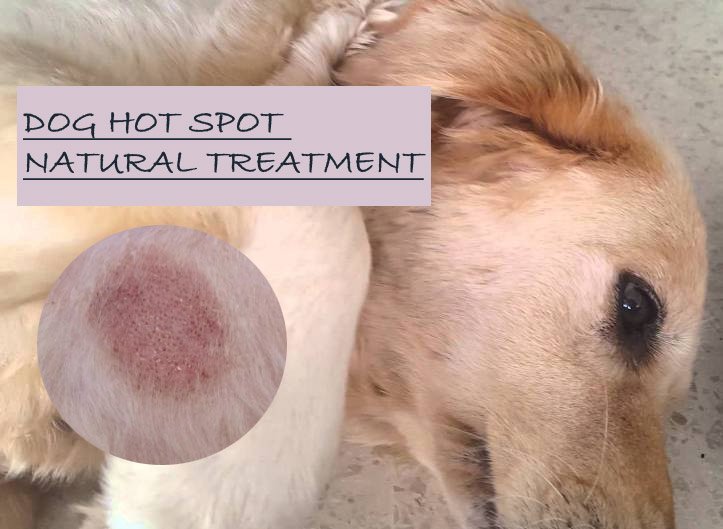Best Of The Best Info About How To Treat Hotspots On Dogs

A hotspot is a painful condition your dog may experience if they scratch an itch repeatedly until it is raw, red, and infected.
How to treat hotspots on dogs. Hot spots can not only be treated but can also be. Good parasite prevention for dogs, treatment of skin infections, and management of allergies are essential to prevent dogs from starting to scratch and, as a result, prevent. William miller, professor emeritus of medicine, offers three tips for owners to treat a small, developing hotspot at home:
Your veterinarian can help you with this. How are hot spots treated? All hot spots on dogs are one of the most common skin conditions veterinarians see.
Clipping and cleaning the area shaving the fur off in the affected area means it can be cleaned and treated more effectively. Continued topical treatment at home. How to prevent hot spots on dogs.
How to treat a hotspot on your dog at home: The best way to prevent additional hot spots from occurring is to identify and address the underlying cause of your dog’s itching. A complete guide to preventing infection hotspots, also known as moist dermatitis, are common skin.
They can identify the root cause of the hotspot ( allergies , parasites, ear infection, etc.). But in general, it is. Hot spots generally improve when they are allowed to dry out and your vet will be able to advise you on the best course of action.
Also known as acute moist dermatitis, hot spots are a skin condition that. Discover the causes of itchy and painful hotspots on dogs, how to effectively treat them, and steps to prevent their recurrence. Anytime your dog develops a hotspot, it is best to have it evaluated by your veterinarian.
Humid weather long hair coat what does a hotspot look like? The most common cause of a hotspot on. Canine hot spots are patches of.
Hotspots usually develop under matted hair, are red, moist, and often painful and itchy. Stop the licking use an elizabethan collar or light. The only way to prevent hotspots on dogs is to tackle the underlying cause before the hotspot has a chance to develop.
The key to preventing hot spots in dogs is determining the underlying cause.







:strip_icc()/How-to-soothe-a-hot-spot-3384808-V2-a6e7fbf5af0649f9a0b88a5a558fd82c.png)










